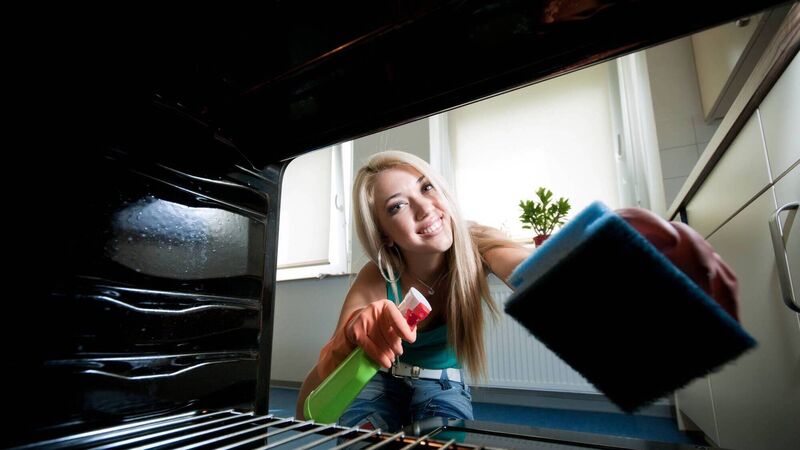Kitchen Q&A: What are new ovens' self-cleaning options?

There are three integrated systems, some of which will take all of the elbow grease out of the job, others which will make the chore reasonably effortless.
Now becoming standard with even mid-range units, pyrolytic cleaning is simply a long cycle where the oven heats up to a point where the dirt and grease disintegrates into an arid carbon dust that you can sweep out the door into a dustpan.
During the cycle the oven is extremely hot (up to 500C) so there may be quite a whiff — otherwise, you have nothing to do but wait. The oven should automatically lock during the cycle until it has cooled to a safe temperature.
You can manually steam clean your oven and hob but a dedicated cycle takes the work away, bringing the cavity to a reasonable temperature of 150C that creates enough steam (by reservoir or plumbed) to melt off the grot.
Steam cleaning is generally faster than pyrolitic cleaning which can take several hours. Steam and combi-steam ovens are generally cleaner over-all than their drier convection options in normal use. There are really no cons to it.
The lining of the oven is designed to break down and take the dirt on your oven walls with it during ordinary cooking cycles over 200C and during dedicated 30-minute 200C plus cycles that you carry out around once a month.
The oven will still require a wipeout and you will have to work your scrubber into edges and corners where the liners don’t quite meet. The liners should not need replacing if primed by using a hot enough oven regularly.
- Got a home DIY question for Kya deLongchamps? Email homeimprovement@examiner.ie









